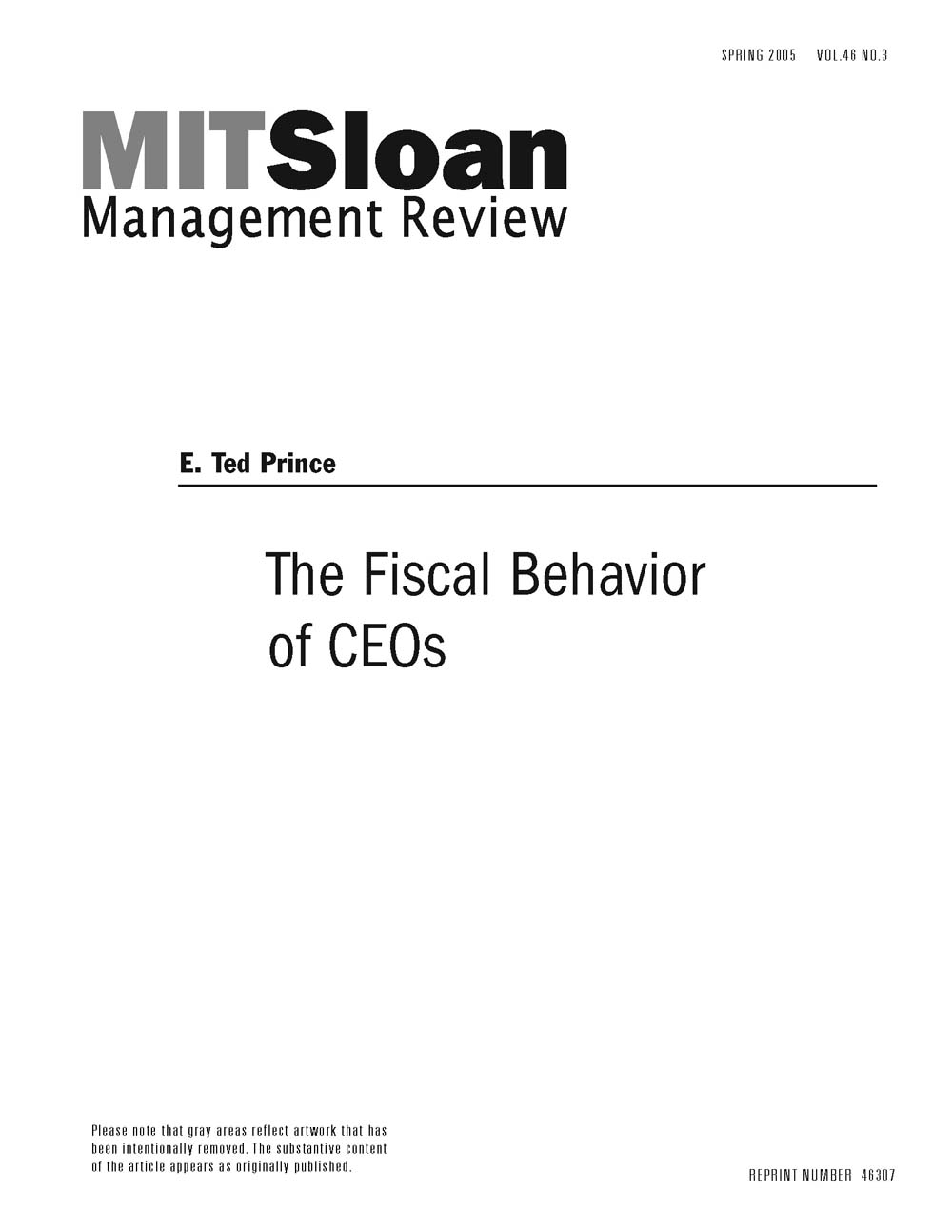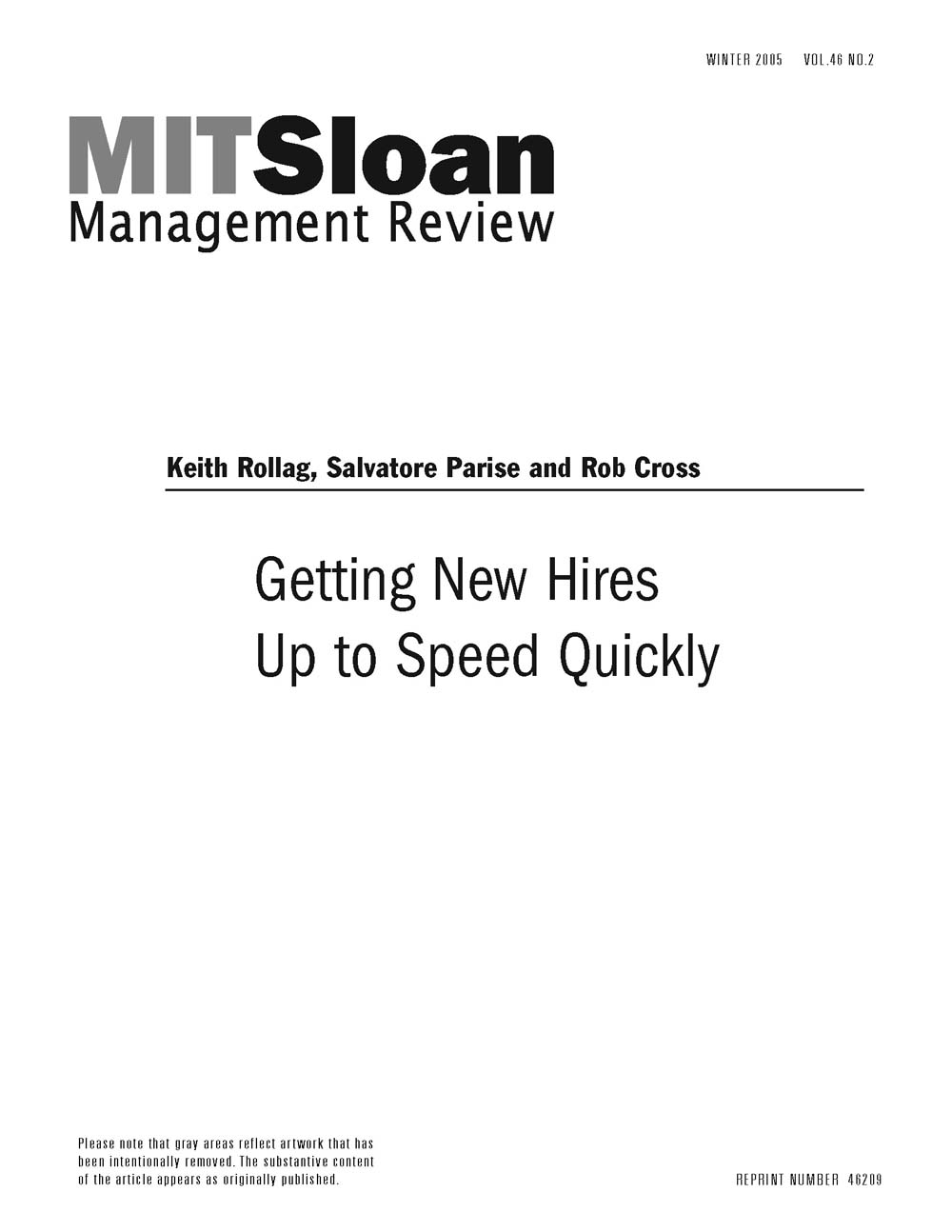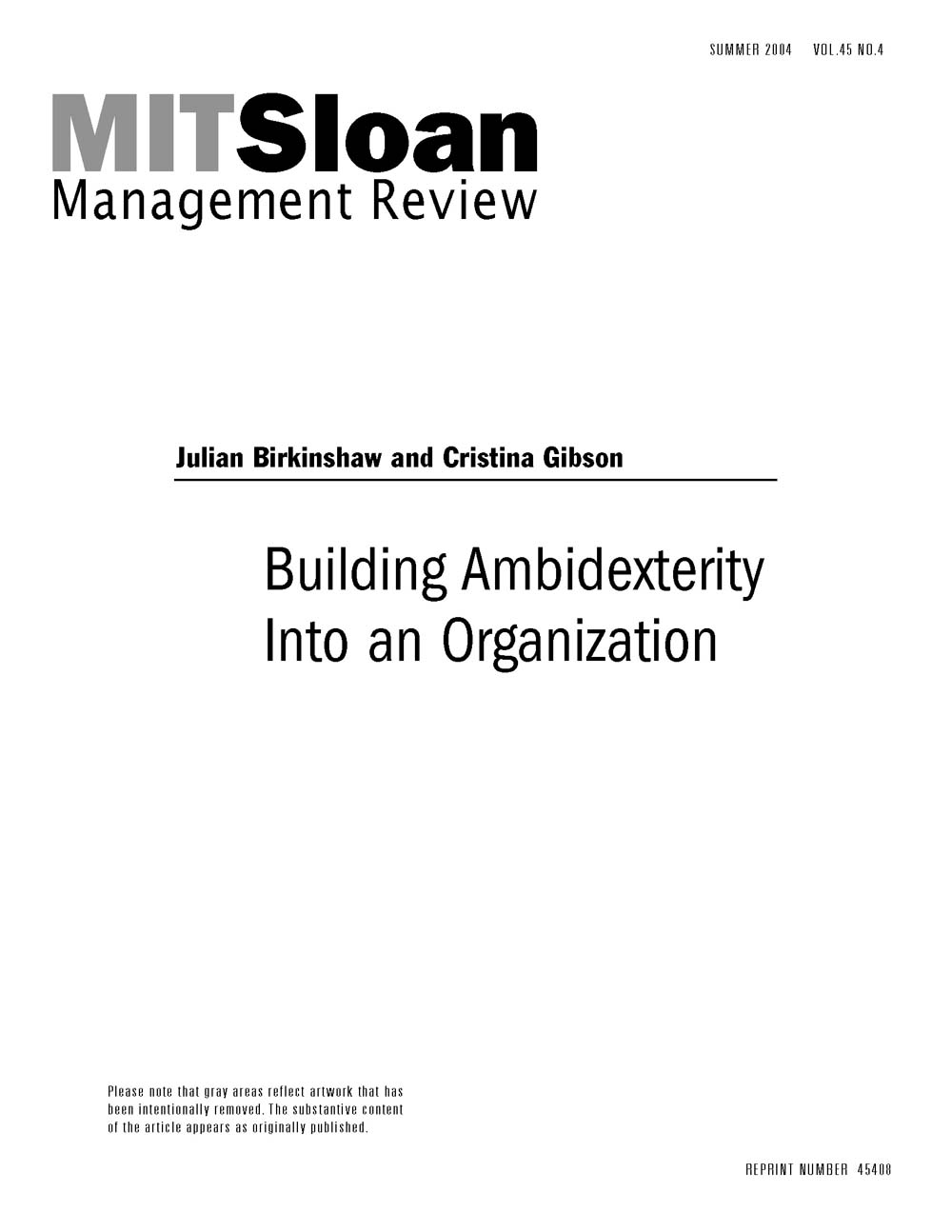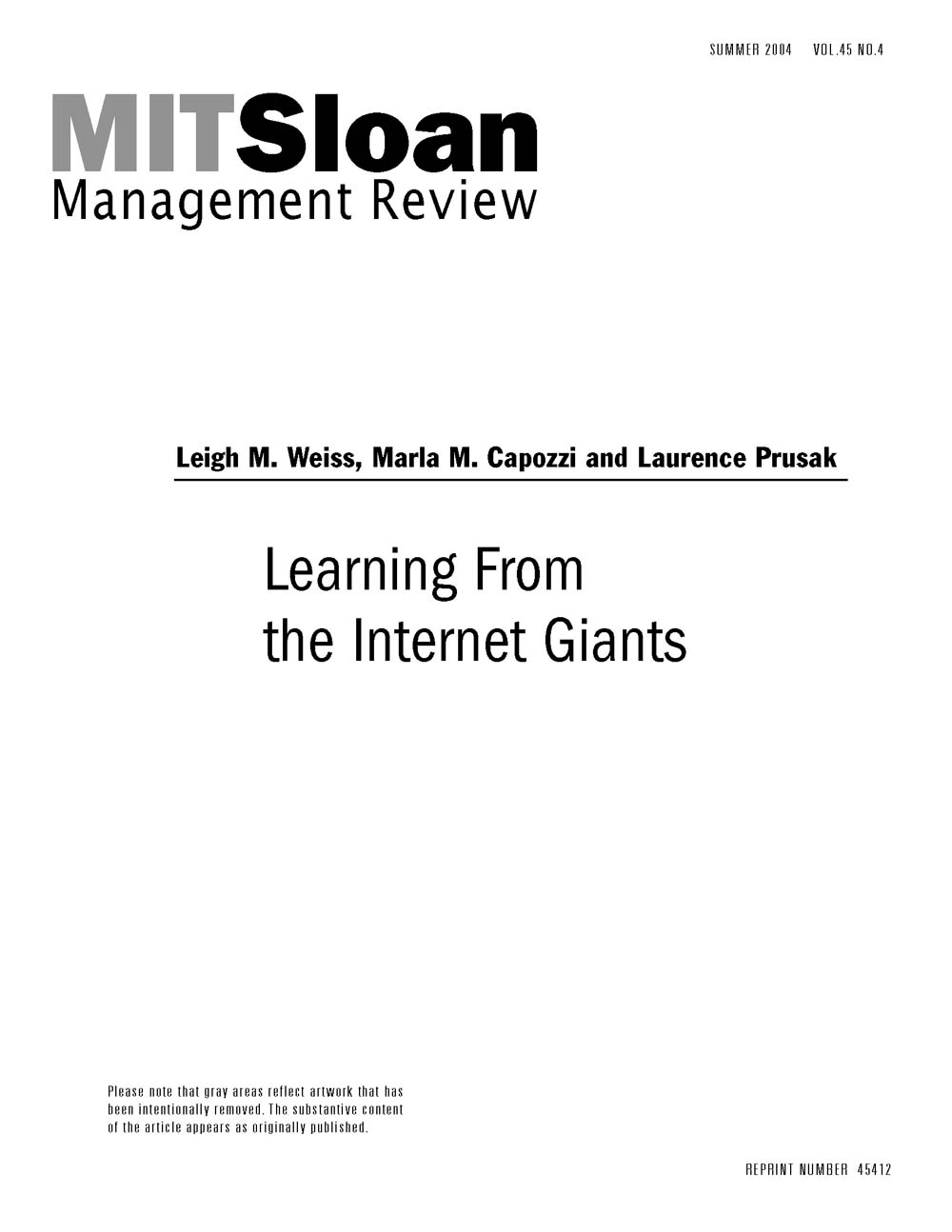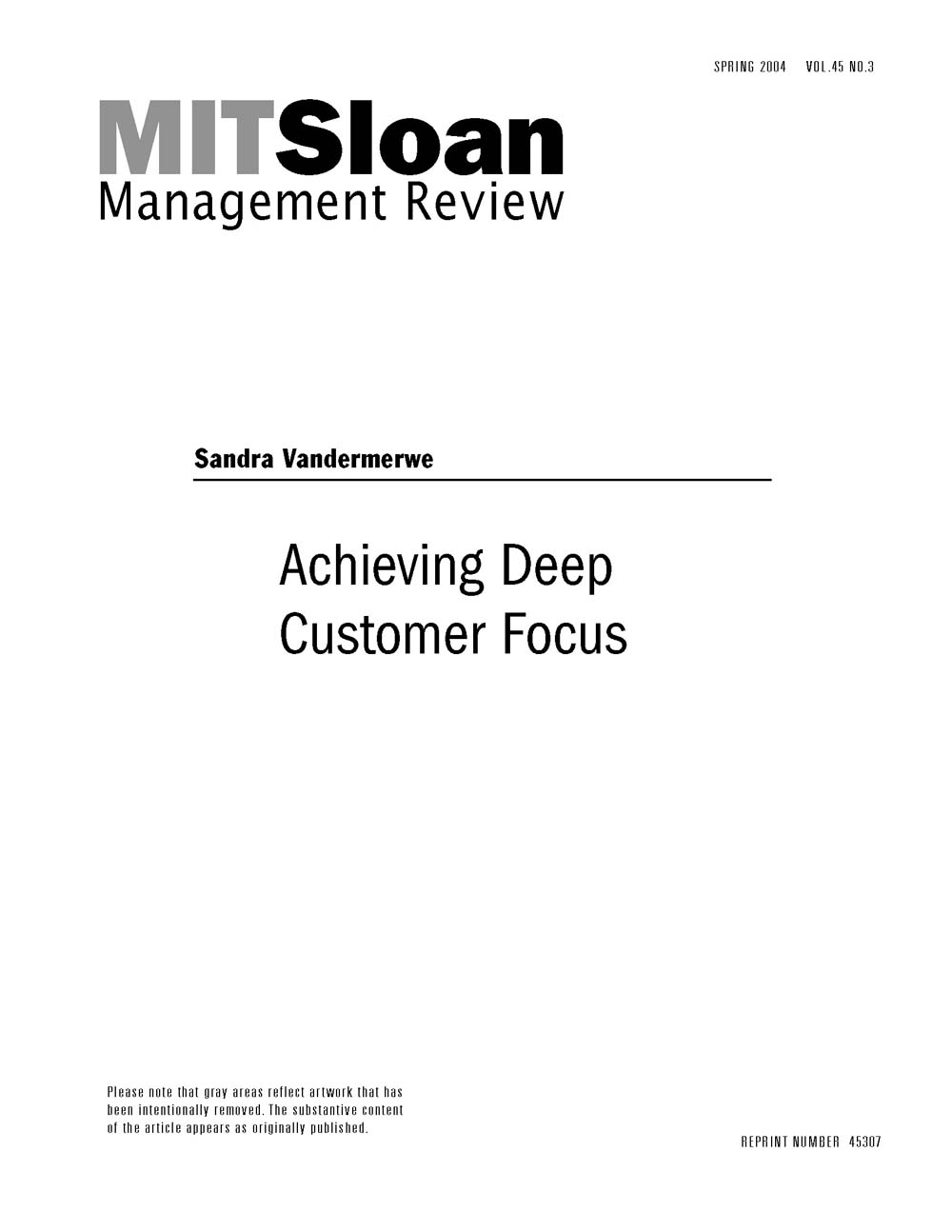All executives have two basic drives: to add value to products or services, and to deploy resources with a certain amount of efficiency. The first drive can be inferred by a business's gross margin and the second by its relative indirect expenses. Together, the two numbers constitute an executive's "financial signature." There are four extreme categories of signatures: (1) gross margin and expenses are both high, (2) high gross margin and low expenses, (3) low gross margin and high expenses, and (4) gross margin and expenses are both low. The categories are labeled "venture capitalist," "buccaneer," "mercantilist" and "discounter," respectively, and each has a characteristic set of financial behaviors. Certain financial signatures are best suited for particular industries. Mercantilists, for example, are ideal for commodity markets with high fixed costs. Moreover, companies might need executives with different financial signatures at various stages in their life cycle. A startup, for instance, might be better off with a venture capitalist at the helm. Later, that same firm might need to fill its executive suites with discounters. No matter how capable the leader, a mismatch between an organization's requirements and the actual financial signature of its CEO can lead to management problems, possibly even to company failure.
Leadership P. 9
Page 21 of 30
-
Getting New Hires Up to Speed Quickly
How do managers and companies quickly transform new hires into productive employees, a process called "rapid on-boarding"? The authors contend that companies that are more successful at rapid on-boarding tend to use a relational approach, helping newcomers to rapidly establish a broad network of relationships with coworkers that they can tap to obtain the information they need to become productive. Most organizations realize the importance of integrating new employees, but many fail in this regard, often because of five pervasive myths about the process: (1) the best newcomers can fend for themselves, (2) a massive information dump allows newcomers to obtain what they need, (3) cursory introductions are all that's needed, (4) first assignments should be small, compact and quickly achievable, and (5) mentors are best for getting newcomers integrated. Because of those misconceptions, managers will frequently rely on certain taken-for-granted practices that can actually hinder new employees from becoming productive.
-
The Power of Moderation
Many companies prefer employees with deep motivation, strong commitment, unquestioned loyalty and widely shared values. But the author says that employing such highly involved people can have serious drawbacks for the company. For starters, deeply motivated people can be a challenge for management because they tend to interpret organizational purposes in their own way, sometimes substituting their own purposes for the company objectives without even realizing it. Deeply motivated individuals are also likely to display strong resentment when the organization fails to fulfill the needs or desires they are so imbued with. Not surprisingly, deeply motivated people are not easy to get along with: They don't comply with rules or policies that they don't fully respect; they believe they should have a say in almost everything; and they tend to behave like the owners they are not (but wish they were). Similarly, people who are strongly committed are likely to develop excessive confidence in the face of difficulties. They can be blind to warning signs, which can lead to excessive delays in corrective actions. Strongly committed people are also prone to believing that the end justifies the means, which can lead to unethical behavior. Given such drawbacks, the author contends that companies might be better off with employees who have a moderate -- instead of excessive -- level of motivation, commitment and loyalty.
-
A Health Care Agenda for Business
The health care system in the United States is in crisis, and the implications for businesses and their employees are profound. As employers struggle with unrelenting double-digit health-insurance cost increases, some firms have decided to drop coverage entirely, and many others have shifted costs to employees. Meanwhile, the quality of the health care being paid for by companies and their workers remains highly uneven. On its own, business cannot solve the health care crisis in all its aspects, but that doesn't mean it can't do a lot to improve the system. Some companies are taking more active control over the issue and getting better results on both cost and quality. To learn from such companies and from those who influence and deliver health care services, the authors conducted in-depth interviews with thought leaders in business, health care and related sectors. The overriding lesson from their research: Companies must build bridges to other players in the system to address the systemic problems that transcend even the most powerful corporations. They propose a partnership-based health care agenda for business that will benefit not only companies and employees but also health care overall by strengthening the market mechanism and encouraging fruitful collaboration.
-
Building Ambidexterity Into an Organization
For a firm to succeed over the long term it needs to master both adaptability and alignment -- an attribute sometimes referred to as ambidexterity. The concept is alluring, but the evidence suggests that most companies have struggled to apply it. The standard approach has been to create separate structures for different types of activities. But separation can also lead to isolation, and many R&;D and business development groups have failed because of their lack of linkages to the core businesses. In an attempt to shed new light on the discussion, the authors develop and explore their concept of contextual ambidexterity, which calls for individual employees to make choices between alignment-oriented and adaptation-oriented activities in the context of their day-to-day work. The authors introduce this as a complementary concept to traditional structural ambidexterity. By means of their survey- and interview-based research -- which took place over a three-year period and involved 4,195 respondents across 41 business units in 10 multinational firms -- the authors identify the four behaviors displayed by ambidextrous individuals, each of which involves taking independent, adaptive action in the service of overall company goals. They then present a framework for describing and analyzing which organizational contexts encourage or discourage such behaviors. They link organizational context to ambidexterity and, in turn, ambidexterity to high performance. Finally, the authors describe how companies such as Nokia, Ericsson, Oracle and Renault have been able to create such high performance contexts, and they offer managers guidance on how to create them in their own companies.
-
Learning From the Internet Giants
Getting more value from knowledge & #8212; especially from a firm’s own hard-won knowledge & #8212; is one of the central challenges facing companies today. Many organizations have approached this problem in recent years by making big investments in IT systems, but the payoff has often been disappointing. Companies would do better to emulate the innovative giants of the Internet & #8212; Google, eBay and Amazon & #8212; whose success has in part derived from their ability to make it easy for customers to find what they are looking for, to browse for products and services, and to evaluate potential purchases. These are exactly the things that are hard to do in most companies. That is, employees find that it is not intuitive to search for information in company repositories; they cannot easily browse within categories of knowledge; and they are not given the context they need in order to evaluate the quality of the knowledge they do find. The authors assert that if organizations apply the basic, proven approaches of the Internet success stories to capture the attention of their employees, they should be able to improve their ROI on sunk IT costs, while increasing knowledge-worker productivity.
-
The Education of Practicing Managers
The authors argue that contemporary management education does a disservice by standardizing content, focusing on business functions (instead of managing practices) and training specialists (rather than general managers). Working with several major international universities, the authors have developed a vision of management education that grounds MBA programs in practical experiences, shared insights and reflection. They suggest that management education be limited to working managers nominated by their companies, thus allowing them to apply their knowledge directly and immediately to actual management practice. They assert that business schools must make management education more directly applicable to a manager's own experiences, shaping the curriculum through interaction between instructor and student. They also recommend that managers be encouraged to share with their work colleagues specific lessons derived from their education. The goal of this reshaping of management education, say the authors, is for business schools to fully integrate experience, theory and reflection, encouraging managers to incorporate this philosophy directly into the daily functioning of their workplaces.
-
-
Why Don't We Know More About Knowledge?
More than 15 years ago, Peter Drucker heralded the beginning of the knowledge era. Since then, companies have made many attempts to leverage what they know and to increase their workers' productivity. To bring together vast amounts of explicit knowledge, they have invested large sums in content repositories; to help people track down others with tacit expertise, they have experimented with open offices, mobile technologies and online directories. Much of this has been a waste of resources. In fact, five years ago Drucker likened our current understanding of knowledge- worker productivity to our understanding of manual-labor productivity in 1900. Translation: We've got a long way to go. To reorient managers more fruitfully, SMR asked three leading management thinkers to explain what we've learned and how we can do better in the future. For Hammer, the focus should be not on the worker but on work processes and eliminating non-value-adding work. Leonard contends that companies should foster master-apprentice relationships to get the most out of their knowledge. And Davenport urges companies not just to experiment with ways of improving knowledge-worker productivity (as many already do), but to carefully measure the results of their experiments in order to learn what works and what doesn't.
-
Achieving Deep Customer Focus
Today's managers acknowledge the importance of customer focus. Yet the costly customer efforts they usually implement rarely bring the promised gains. The reason? A superficial understanding of what customer focus really means. True customer focus involves comprehensive organizational change. As Baxter Healthcare, LexisNexis, IBM and BP are learning, the kind of customer focus that creates an advantage competitors have great difficulty copying calls for companywide transformation. The author's in-depth research over many years shows how 10 breakthroughs in thinking, remarkably consistent across industries, improve growth and profitability more effectively than customer-relationship-management software, loyalty programs or satisfaction surveys. She describes how, for example, the manager of Baxter Healthcare Corp. Germany got employees thinking of themselves as doing postoperative "home-recovery enhancement" instead of merely providing postoperative nutritional products to hospitals--and how that ultimately led to Baxter becoming indispensable to customers. When deep customer focus gets rooted in employee behavior, people at all levels become innovators.



